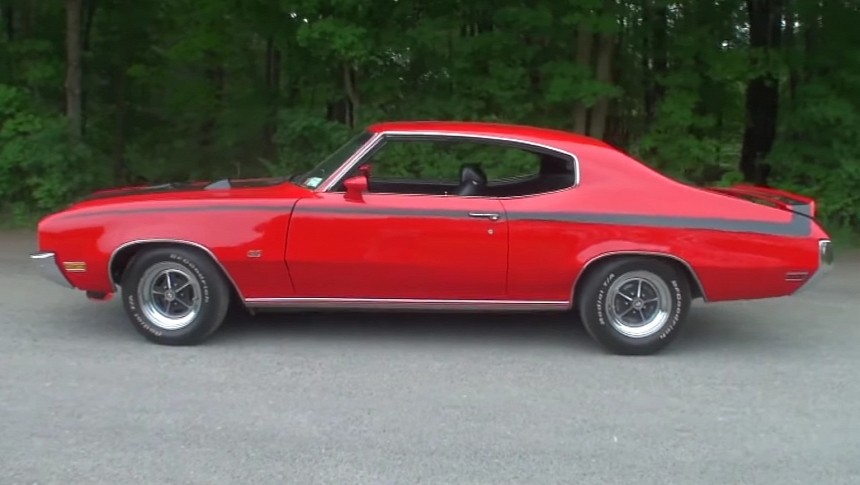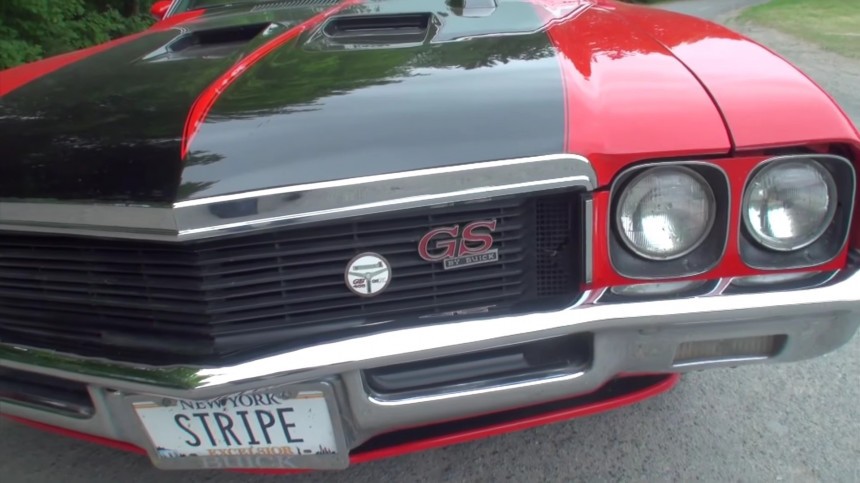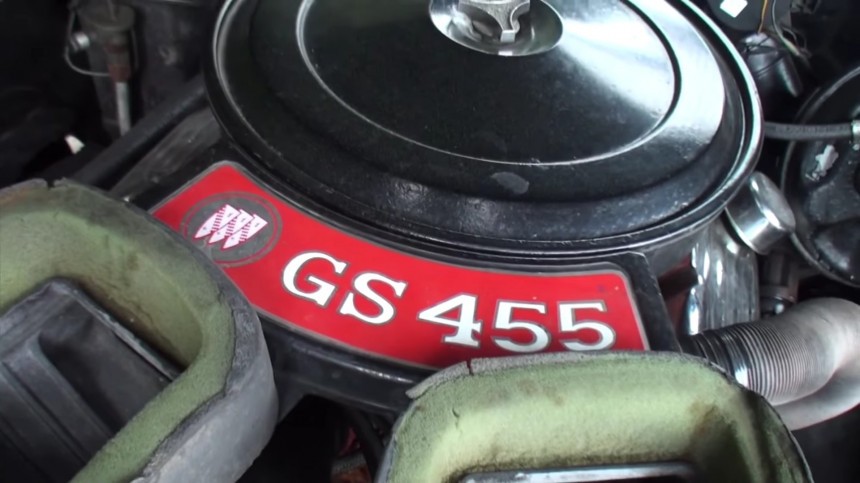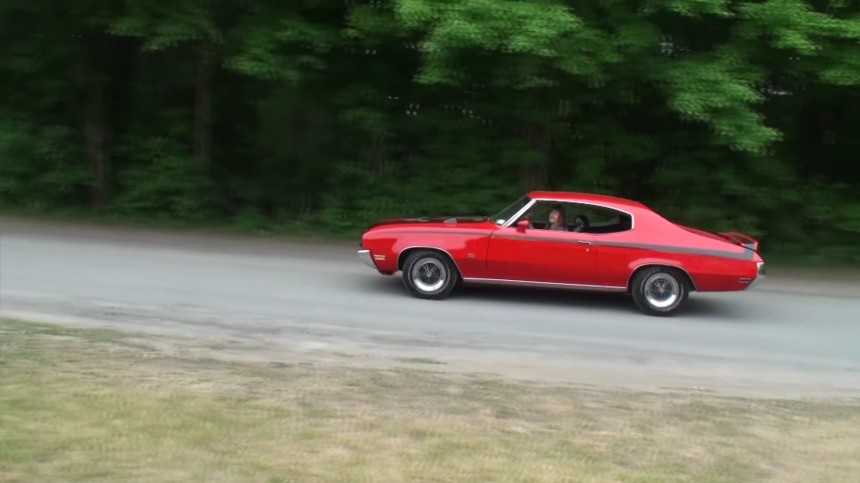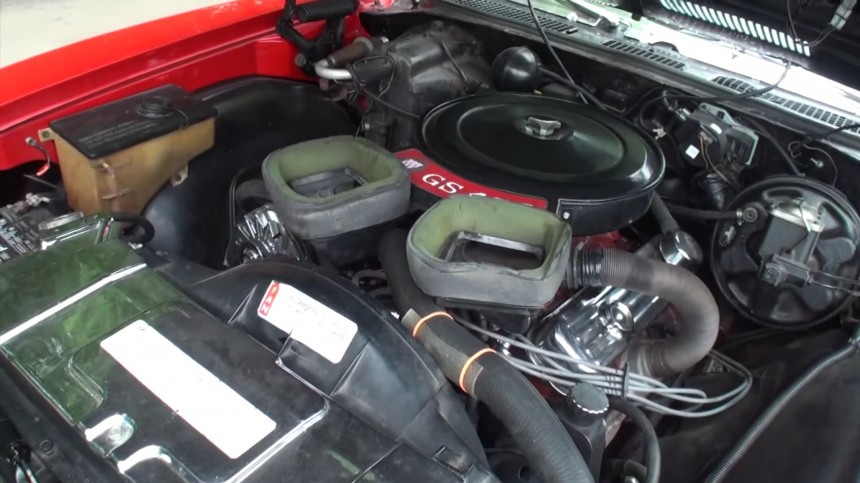When turning the pages of nostalgia to the “muscle car” chapter and scrolling through the names that honored the breed in the Golden Era, one will notice that Buick is not among the most mentioned names. Undeservingly so, because the high-trim division of General Motors had a sample of models that would have given any high-performance competitor a run for their money.
Perhaps this was it – the money – that held back buyers from rushing into Buick dealerships and ordering a high-performance automobile. Or maybe the general perception that the Tri-Shield-badged cars weren’t the trendy drag strip attire for Saturday nights. Whichever the reason, the brand wasn’t perceived as a thrill-and-chill-machine maker, but the exceptions are famous.
After all, it was Buick who first had the idea of stuffing a big engine into a small body – and that was in the wake of the Great Depression in 1936. The story is well-known: a 320 cubic-inch (5.2 liters) straight-eight powered a small-bodied platform, resulting in the fastest Buick of its time. The model’s name derived from its performance: the Century hinted at the car’s ability to sustain 100 mph (160 kph) cruising for a prolonged time.
The recipe wasn’t refreshed in the post-war era until some two decades after domestic production resumed. In 1965, a “Gran Sport” (without the “d”) trim was added to the Skylark models. However, due to GM’s infamous “neutrality” in the horsepower wars’ hottest years, the 400-CID (6.6 liter) maximum displacement didn’t sit at the same table as other big-block players from Detroit.
Also, the $420 price for the GS package wasn’t a deal hotrod enthusiasts would come running for. The GTO from Pontiac was a better option. But it opened the door for Buick’s entry at the muscle party. By 1970, the Gran Sport nameplate became the GS, and it also got upgraded to being a separate model, not a package for the Skylark.
It was also the moment GM turned the tables on everyone else, unleashing the full power of big-block behemoths. Buick brought 455 cubes (7.5 liters) to the game, essentially taking the top spot in the displacement arena. Apart from Cadillac’s 472 and 500 engines (the 7.7-liter and 8.2-liter, respectively), no one would out-cube Buick.
Nor would anyone out-torque the luxury brand from GM – with a 500 lb-ft of crank-rupturing force (678 Nm), the mighty 455s were the gorilla in the tuxedo. A sporty demeanor coupled with the oversized displacement quickly made Buick’s GS 455 model a serious candidate for the muscle car throne.
Sadly, the model lasted only two years before being demoted to optional package status in 1973, leaving the shady 1972 as the last call for the authentic Buick GS 455. Notably, the monster benefited from the Stage 1 and GSX upgrades as a standalone model, taking performance even higher above the standard model.
Unfortunately (for gearheads), 1973 brought several coincidences together: switching from SAE’s (Society of Automotive Engineers) gross to net ratings, the performance-and-fun-choking emissions regulations, and the oil embargo. Historically, GM had been an early adopter of federal automotive mandates, and 1972 was no exception.
The performance ratings of its automobiles dropped (on paper) to lowly levels: the last-year Buick GS 455 was ranked at 225 hp / 228 PS and 360 lb-ft / 488 Nm (SAE net). That, in turn, veered the buyer’s interest away from the model. Only 1,099 were built from an 8,575-unit production (the other GS engine was the 350-CID / 5.7-liter).
The video below showcases one of those 1,015 examples – and the math is still correct: 84 GS 455s had the four-speed manual transmission, and the rest got the TH400 automatic. This particular vehicle was restored to its current state courtesy of its owner – the lovely lady telling the car’s story – and got the GSX visual upgrades.
The black stripes above the belt, the hood tach the spoiler were applied only to GSXs as a factory standard, but they do look the part on this “common” 455. Even more enjoyable is that the owner, Simone Zalewski, is a proper gearhead with a knack for true-blue American muscle cars.
She had the car for six years and uses it regularly – mostly to plant ear-to-ear smiles on the faces of kids getting a ride in the red Buick. Frankly, if you can think of a better car cool-meter than a child’s beam, then you’re probably an AI-generated algorithm with no idea what a rolling earthquake V8 rumble can do to one's heart.
The car is a perpetual work-in-progress for Simone - she event put it together in one piece after she bought it - as each year brings improvements to her already thumbs-up-looking automobile. Some perceptive viewers would argue that there’s room for improvement – isn’t there always, with old classics? – and that the dash might benefit from a complete overhaul.
But this is a survivor from a great era and a representative of a dwindling club: with the aforementioned production run of 1,015 units, this splendid red and black Stripe (capital S, because that’s HIS name – this GS 455 is a boy for his lady owner) is a rare sight. And all the more pleasant to watch when it drives by.
After all, it was Buick who first had the idea of stuffing a big engine into a small body – and that was in the wake of the Great Depression in 1936. The story is well-known: a 320 cubic-inch (5.2 liters) straight-eight powered a small-bodied platform, resulting in the fastest Buick of its time. The model’s name derived from its performance: the Century hinted at the car’s ability to sustain 100 mph (160 kph) cruising for a prolonged time.
The recipe wasn’t refreshed in the post-war era until some two decades after domestic production resumed. In 1965, a “Gran Sport” (without the “d”) trim was added to the Skylark models. However, due to GM’s infamous “neutrality” in the horsepower wars’ hottest years, the 400-CID (6.6 liter) maximum displacement didn’t sit at the same table as other big-block players from Detroit.
It was also the moment GM turned the tables on everyone else, unleashing the full power of big-block behemoths. Buick brought 455 cubes (7.5 liters) to the game, essentially taking the top spot in the displacement arena. Apart from Cadillac’s 472 and 500 engines (the 7.7-liter and 8.2-liter, respectively), no one would out-cube Buick.
Nor would anyone out-torque the luxury brand from GM – with a 500 lb-ft of crank-rupturing force (678 Nm), the mighty 455s were the gorilla in the tuxedo. A sporty demeanor coupled with the oversized displacement quickly made Buick’s GS 455 model a serious candidate for the muscle car throne.
Unfortunately (for gearheads), 1973 brought several coincidences together: switching from SAE’s (Society of Automotive Engineers) gross to net ratings, the performance-and-fun-choking emissions regulations, and the oil embargo. Historically, GM had been an early adopter of federal automotive mandates, and 1972 was no exception.
The performance ratings of its automobiles dropped (on paper) to lowly levels: the last-year Buick GS 455 was ranked at 225 hp / 228 PS and 360 lb-ft / 488 Nm (SAE net). That, in turn, veered the buyer’s interest away from the model. Only 1,099 were built from an 8,575-unit production (the other GS engine was the 350-CID / 5.7-liter).
The black stripes above the belt, the hood tach the spoiler were applied only to GSXs as a factory standard, but they do look the part on this “common” 455. Even more enjoyable is that the owner, Simone Zalewski, is a proper gearhead with a knack for true-blue American muscle cars.
She had the car for six years and uses it regularly – mostly to plant ear-to-ear smiles on the faces of kids getting a ride in the red Buick. Frankly, if you can think of a better car cool-meter than a child’s beam, then you’re probably an AI-generated algorithm with no idea what a rolling earthquake V8 rumble can do to one's heart.
But this is a survivor from a great era and a representative of a dwindling club: with the aforementioned production run of 1,015 units, this splendid red and black Stripe (capital S, because that’s HIS name – this GS 455 is a boy for his lady owner) is a rare sight. And all the more pleasant to watch when it drives by.
